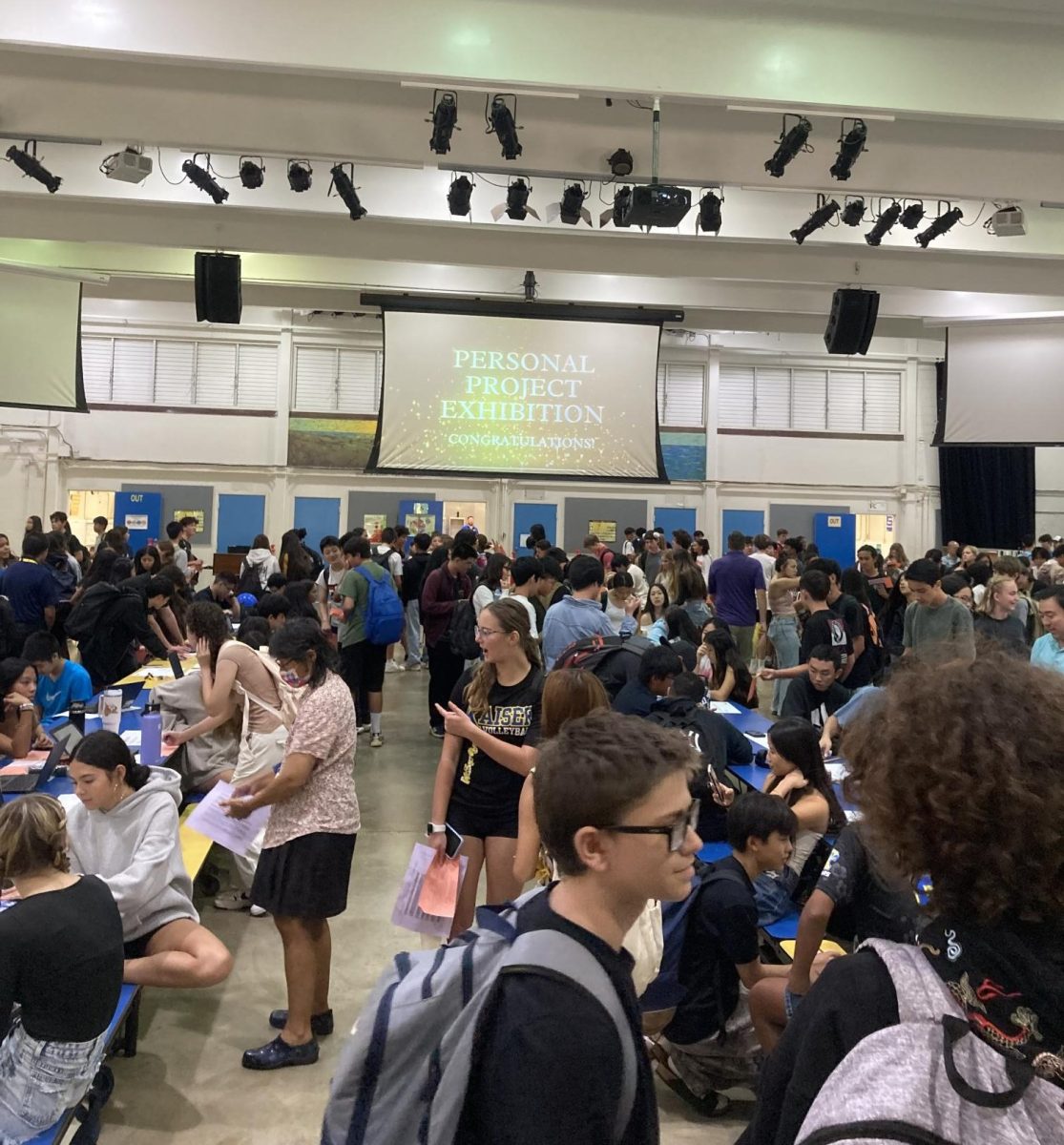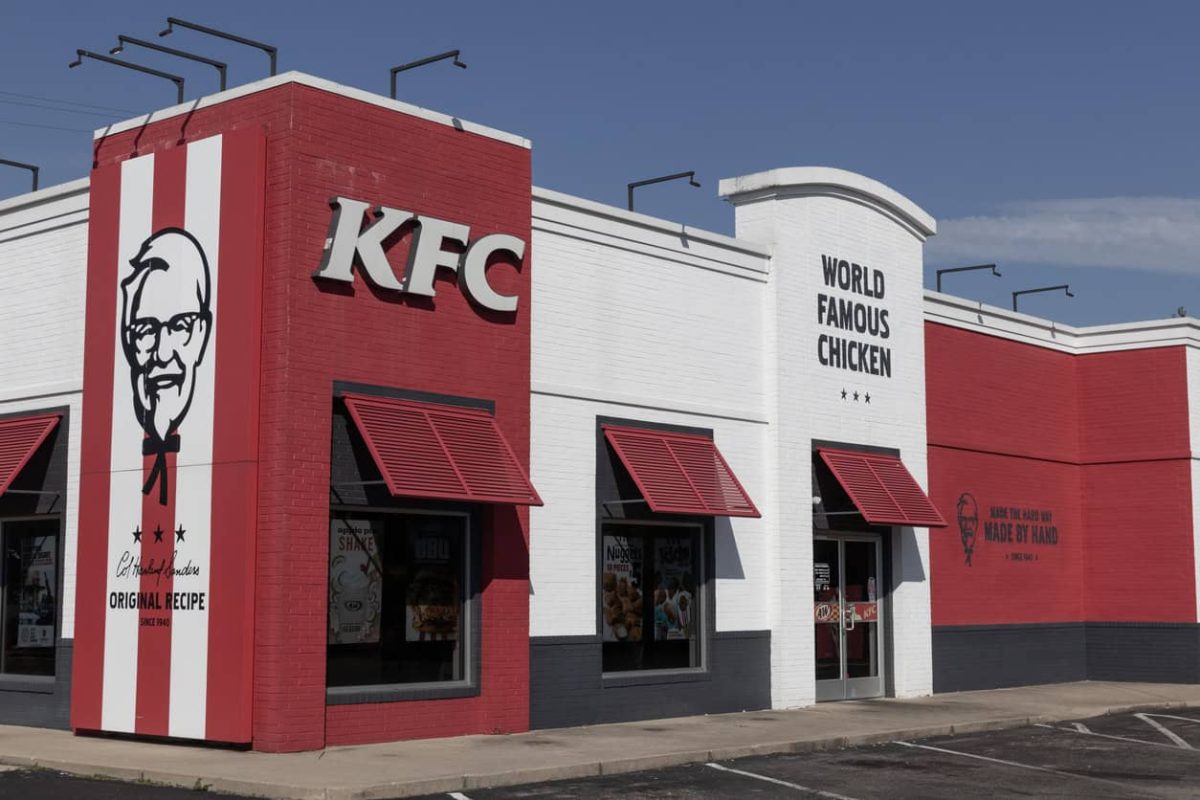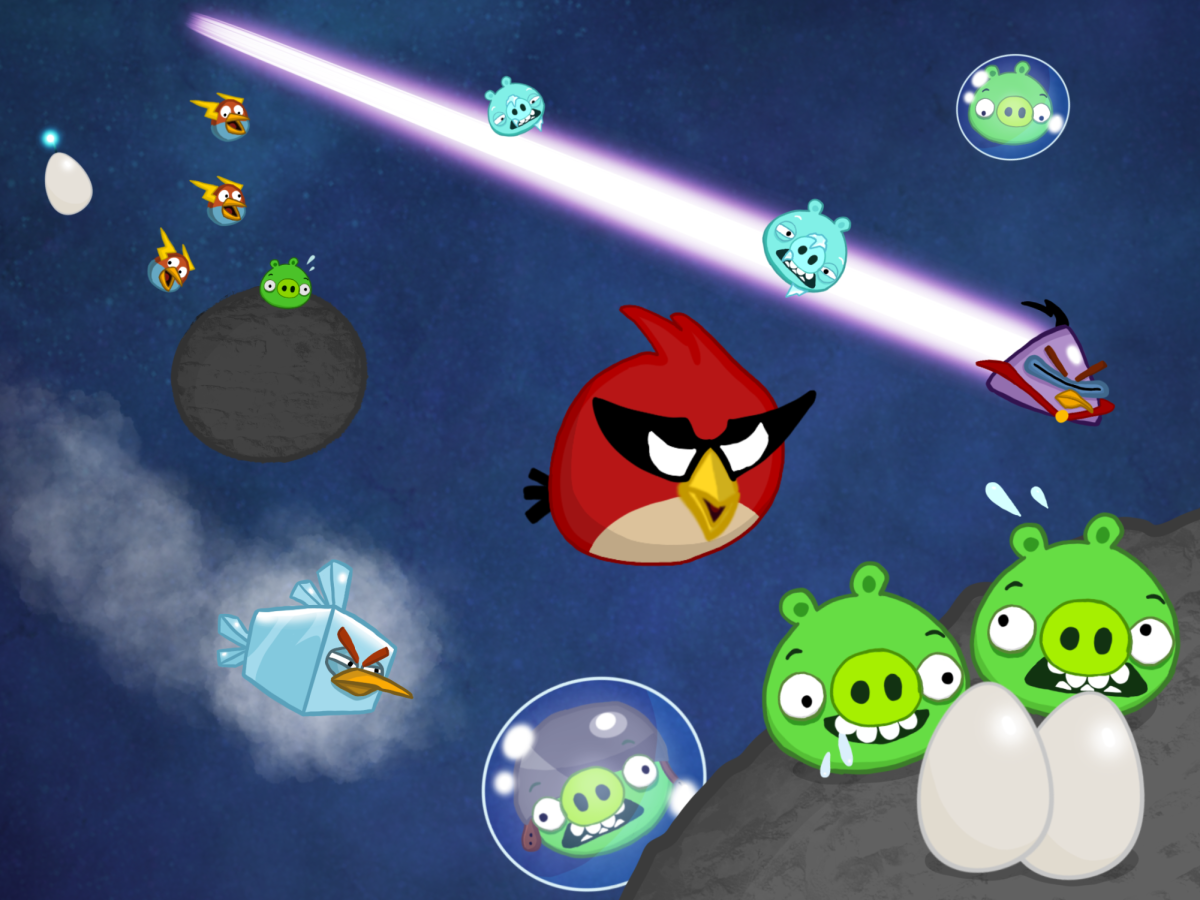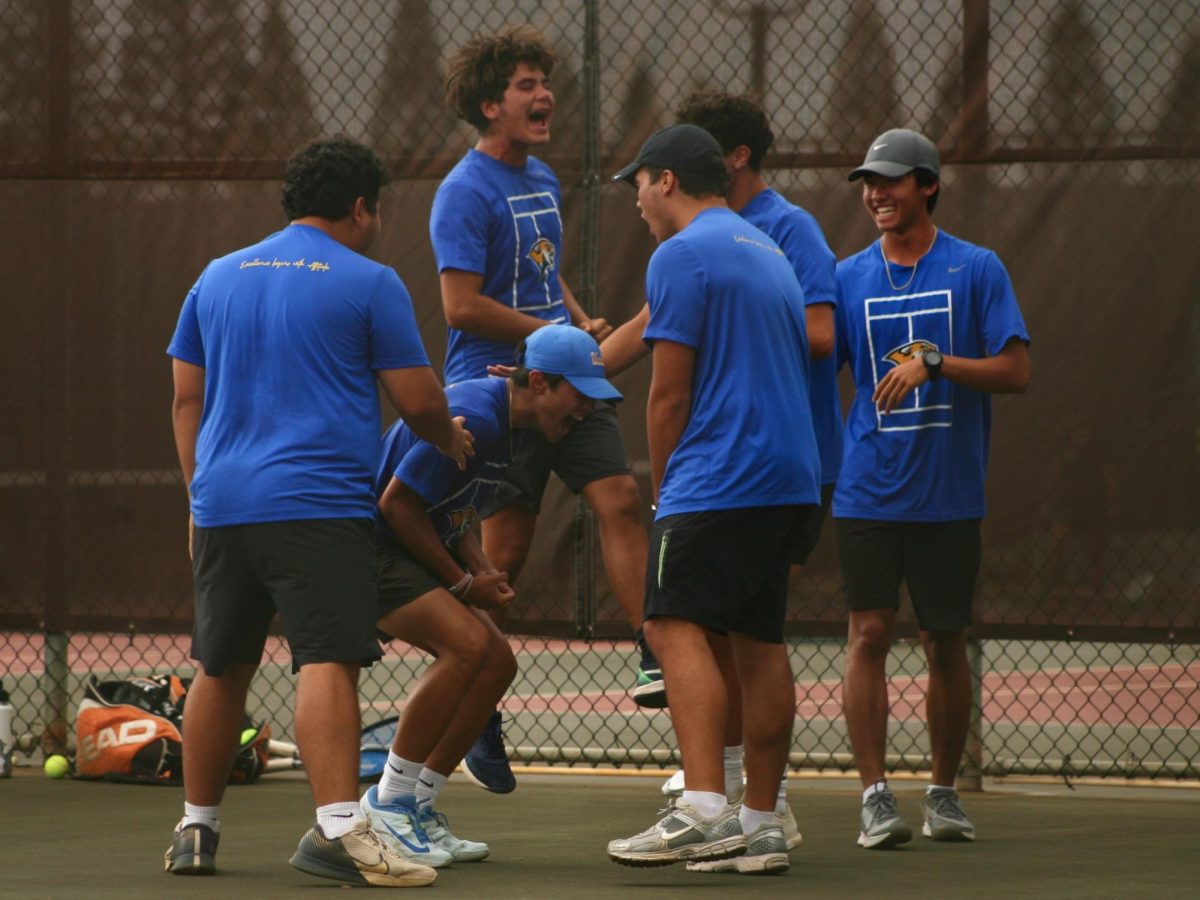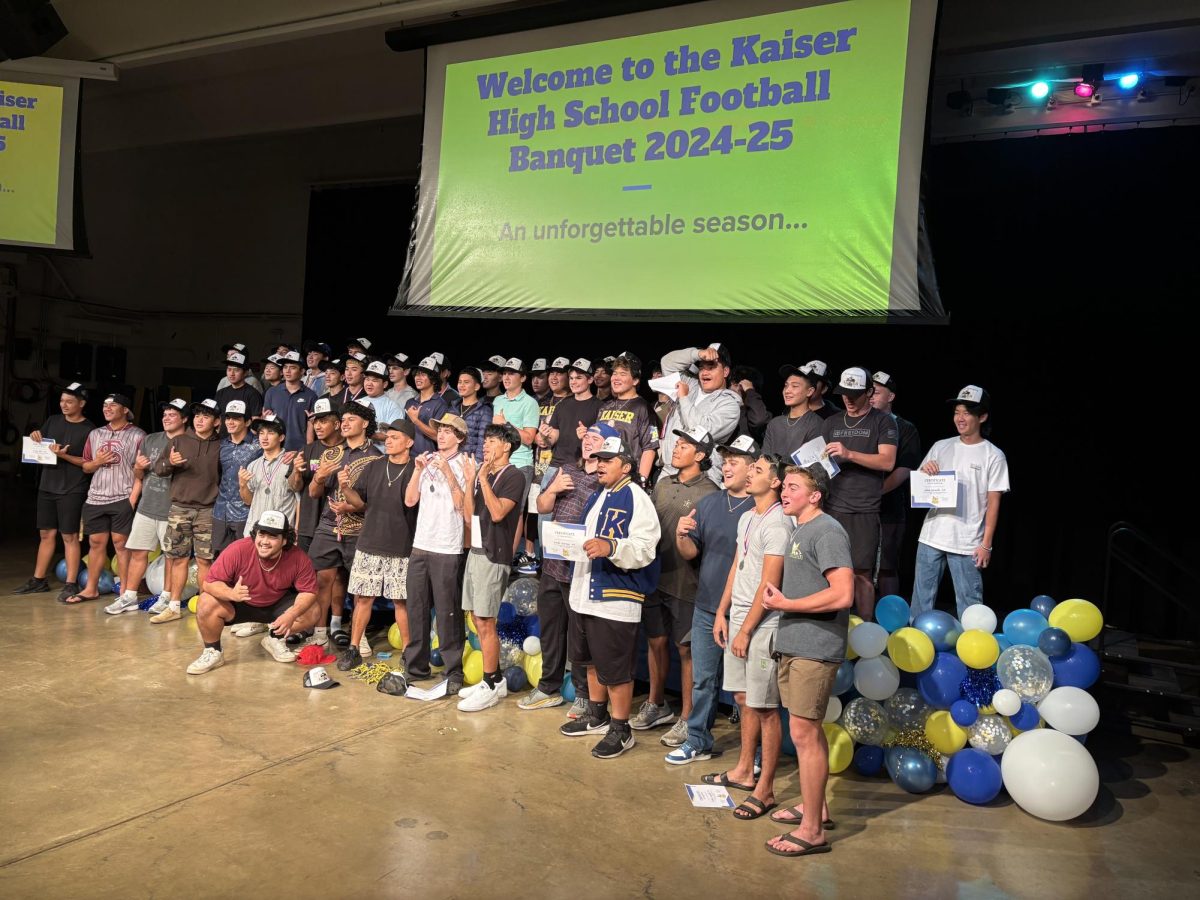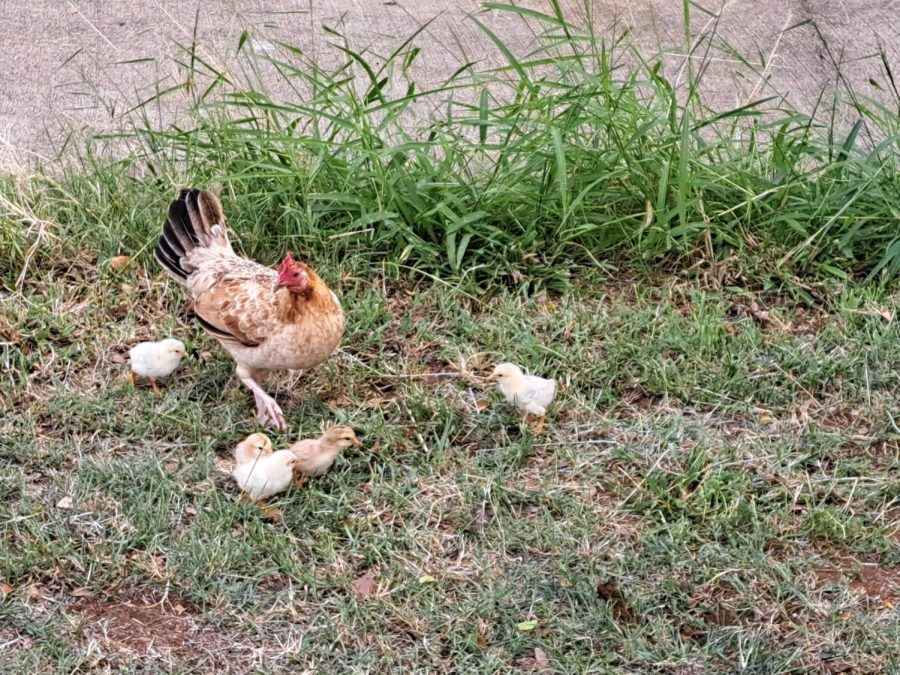Chickens on the Loose
November 18, 2022
Wild chickens run around campus, peacefully, saying “cluck cluck.” Though it may seem friendly between the feathered friends and students, these chickens are not as innocent as they appear.
Scattered generously around the greens of campus, there lie inch deep holes created by chickens to rest, sleep and lay their eggs. But, these small craters pose a threat to students’ safety.
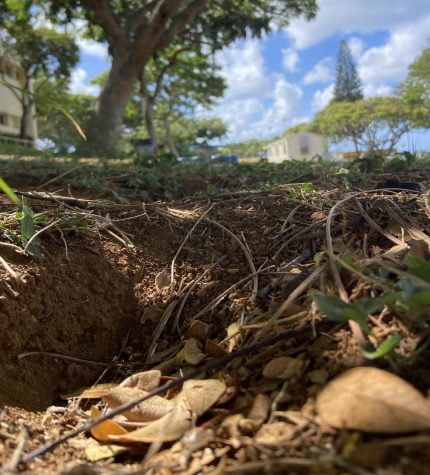
“I sometimes fall because of the [chicken] holes,” said junior Jonathan Oh. “Sometimes, the chickens are later found dead — being stepped on accidentally by students.”
An on-the-street poll taken by 100 Henry J. Kaiser High School students conducted by Cougar Connection staffers found that 98 percent of participants have stumbled or fallen due to small craters located on school grounds.
With numerous students struggling to keep their balance, Oh suggests the school take action to cover these holes.
“I think it would be better if the school just put dirt on top of the holes and stuff them,” said Oh
Additionally, roosters in particular create blustering noises throughout the school day. When attending classes located on the first floor, instruction can be difficult to hear when these roosters crow.
“They are not so disrupting the whole class, but they make it hard to listen to teachers,” said freshman Taz Wagner.
The birds also give rise to sanitary concerns, with the chickens defecating on campus grounds.
“The chickens poop on the sidewalks of our school, dirtying them,” said former head custodian Moana Aiu. “We want to get rid of them, but we can’t because of the farm on the back of the school, which breeds chickens.”
If they are hazardous, why not get rid of them?
“It is not possible to get rid of them,” said Vice-Principal Michael Viernes. “Unless the farm behind our school, which breeds chickens, does not stop breeding them.”
Efforts to remove the chickens have been made as recent as 2021, but these endeavors were unsuccessful and costly.
“Last year, the school was trying to solve the chicken problems by trapping them and releasing them into another place, which took thousands of dollars,” said Viernes. “It did not work.”
Despite this failed attempt to reduce the chicken population, the school has not made any further action to aid this matter.
“The population keeps growing,” said Oh.

